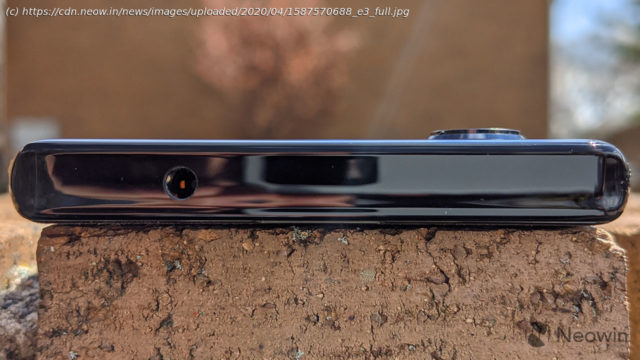With Motorola’s reentry into the flagship segment of the smartphone market, the company didn’t pull any punches. The Edge+ is an incredible phone with one major and unfortunate caveat.
The last time Motorola made a flagship smartphone was in mid-2017 with the Moto Z2 Force. The following year, the company launched the Moto Z3 with similar specs alongside a 5G Moto Mod; using older specs allowed the company to introduce a 5G handset at a lower price point than competitors. But before all of that, the last time the company introduced a premium device that felt complete without a modular accessory was the third-gen Moto X in mid-2015.
Enter the Motorola Edge+, which was announced last week. Reentering premium territory was something that the Lenovo-owned company didn’t take lightly, and frankly, it didn’t pull any punches with this device. As Motorola puts it, it has the largest battery on a 5G smartphone, the fastest connectivity, the highest resolution camera, and more. It’s a delightful device with a pretty design, a gorgeous display, and fun Moto features.
There’s one major caveat that’s a deal-breaker for many though, and I won’t make you read on to find out what that is. The Motorola Edge+ is exclusive to Verizon, and it’s not sold unlocked. If you’re on any other carrier, you’ll have to wait for the Edge that’s coming later this year, although it has a third of the RAM, a Snapdragon 765, and a couple of other lower-end specs.
The Motorola Edge+ is a pretty phone; in fact, I’d go so far as to say that it’s one of the prettiest phones on the U. S. market. It comes in two colors: Smokey Sangria and Thunder Grey. Honestly, I think Smokey Sangria is the one you’ll want, but my Thunder Grey review unit surprised me.
For me, when I hear the color gray, it’s like I almost tune out. My expectations are immediately lowered, with my mind going straight to images of bland gray laptops. The Edge+ is different though. It’s a metallic gray color with darker gradients, and yes, Motorola actually managed to make gray sexy.
One little thing that caught my eye is the Motorola logo right in the middle. It looks like it’s etched into the glass but it’s completely smooth. It’s a nice touch, and these minor pleasantries are what makes the Edge+ stand out among the pack.
The camera lenses are aligned vertically in the top-left corner of the device. Interestingly, there’s a bump for that vertical strip, and then each sensor sticks out a bit beyond that. It’s an odd choice, and I found that the size of the camera bump actually interfered with wireless charging. I had to charge it with the camera hanging off of the pad, and it made me wonder how a case would affect wireless charging. Sadly, I was unable to obtain a case since this phone isn’t out yet.
On the top of the device, there is a 3.5mm headphone jack. This was an easy way for Motorola to stand out from its competition, since Apple, Google, Samsung, Huawei, and pretty much everyone except for LG has removed the port. And while we don’t talk about it so much anymore, it’s really nice to have, with the simplicity of simply plugging in a pair of headphones to listen to audio.
On the bottom of the device, there’s a USB Type-C port for charging, a nano-SIM slot, and a stereo speaker grille. These speakers are no joke. Motorola didn’t just focus on specs with the Edge+; the company actually focused on the user experience, and audio is part of that. The audio is tuned by Waves for deeper bass, better clarity, and of course, more volume.
Finally, on the right side, there’s a power button, and above that, a volume rocker.
There’s a lot about the Motorola Edge+’s design to love. It comes in two stunning colors, it has a headphone jack, and more. And that’s just the start.
Like I’ve said previously, this really is a beautiful device, and the screen is no different. Let’s be clear about something; the display is probably the most important part of a smartphone. It’s the thing you interact with on your most personal computer.






